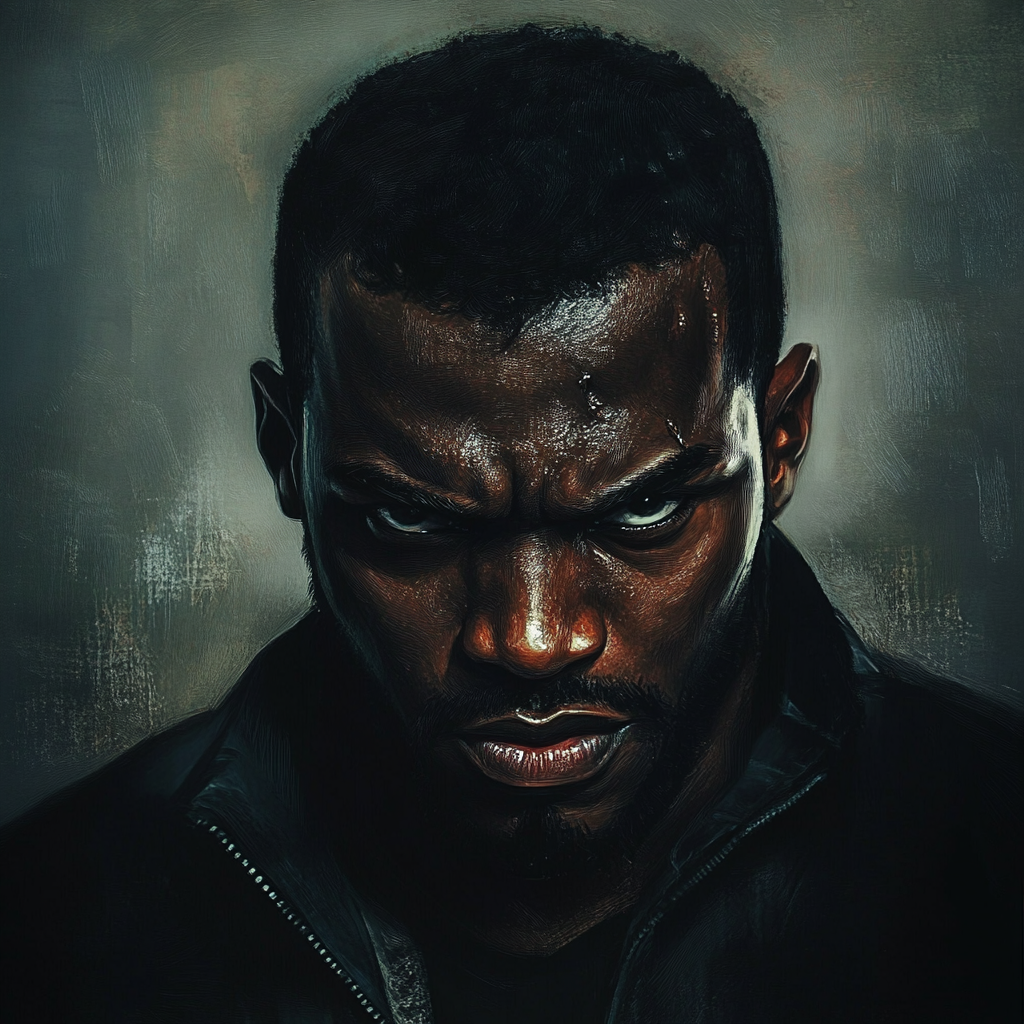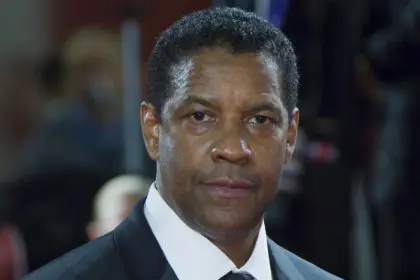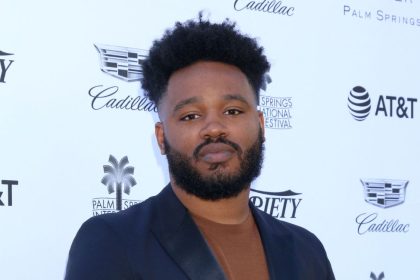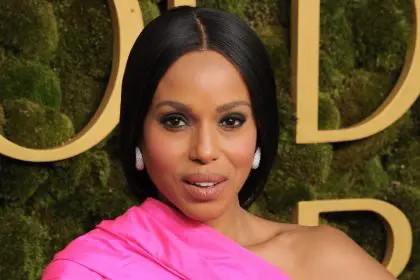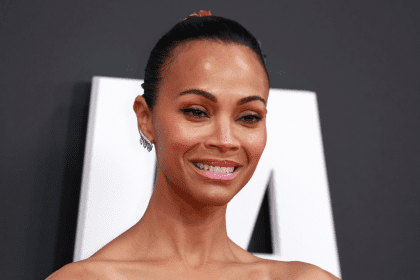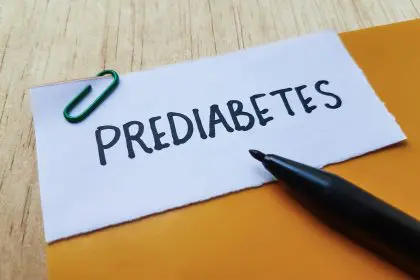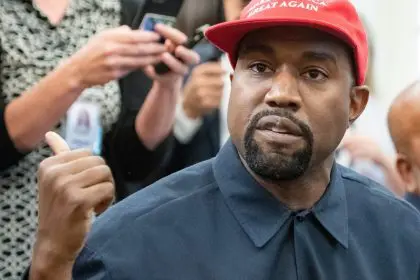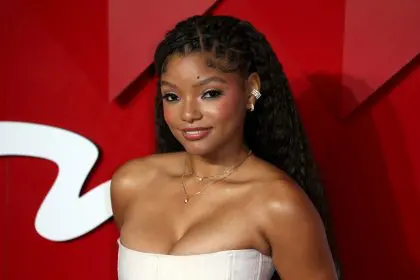Black antiheroes in film and television have redefined the traditional hero-villain dynamic, offering complex portrayals that transcend simplistic moral boundaries. These characters challenge conventional stereotypes while tackling deeper societal issues that resonate with viewers who experienced the cultural shifts of the 1970s through the 1990s.
Beyond good and evil: The rise of complex Black characters
In recent years, a significant shift has been witnessed in how Black characters are portrayed in mainstream media. Writers and directors are moving away from simplistic moral binaries, creating layered personalities that mirror real-world complexities. This transformation reflects a broader understanding that true representation requires characters whose motivations and actions exist in shades of gray rather than black and white.
In Black Panther, for example, Erik Killmonger emerges as more than just an antagonist. His character embodies the complexity of diaspora politics and generational trauma. Raised in an America that systematically marginalizes its Black citizens, Killmonger’s radical approach to achieving global equality stems from witnessing centuries of injustice. His methods may be extreme, but his core mission — advocating for oppressed communities worldwide — forces audiences to grapple with uncomfortable truths about power and privilege.
The entertainment industry’s shift toward more nuanced storytelling extends beyond superhero films. Television series like “Scandal” present characters such as Rowan and Maya Pope, whose actions challenge traditional notions of morality. As high-ranking operatives in a shadowy government organization, their decisions are driven by a fierce determination to protect their family while navigating a system designed to exploit and discard them.
Systemic pressure and moral choices
The transformation of ordinary individuals into perceived antagonists often reflects larger societal failures. In Set It Off, Frankie’s descent into criminal behavior stems not from moral corruption but from systematic discrimination that leaves few alternatives for survival. Her story resonates particularly with viewers who understand how institutional barriers can limit opportunities for advancement despite one’s qualifications or work ethic.
Similarly, John Q presents a father whose desperate actions arise from an inequitable health care system. His transformation from law-abiding citizen to hostage-taker illustrates how broken institutions can push even the most upright individuals to extreme measures. This narrative particularly impacts audiences who have navigated America’s complex healthcare landscape while trying to protect their families.
Psychological depth in antihero narratives
Modern storytelling has evolved to explore the psychological dimensions of characters previously dismissed as purely villainous. In Unbreakable, Elijah Price’s journey from isolation to antagonist reveals how society’s treatment of those deemed different can shape their worldview and actions. His search for meaning and connection, though ultimately destructive, stems from a fundamentally human desire to understand one’s place in the world.
The character of Hancock provides another compelling example of how trauma and loss can reshape a hero’s relationship with society. His initial cynicism and reluctance to embrace his heroic potential reflect deeper wounds that resonate with audiences who understand how personal loss can impact one’s willingness to engage with community needs.
Institutional power and moral ambiguity
Characters like Amanda Waller in the Suicide Squad franchise demonstrate how positions of authority often require difficult choices that blur traditional moral lines. Her methods may seem harsh, but they emerge from a clear-eyed understanding of what it takes to navigate and survive within powerful institutions while maintaining some control over outcomes that affect marginalized communities.
The story of Brian Easley in Breaking further illustrates how systems designed to protect and serve can fail those who have served their country. His technically criminal actions stem from a desperate need to be heard and acknowledged by institutions that promised support but delivered bureaucratic indifference.
Redefining heroism for a new era
These complex characterizations have redefined what it means to be heroic in contemporary storytelling. Modern narratives acknowledge that true heroism often involves navigating complicated moral choices rather than simply opposing clearly defined evil. This evolution reflects a maturing entertainment industry that increasingly recognizes the importance of presenting Black characters with the full range of human complexity.
The impact of these portrayals extends beyond entertainment value. They create space for meaningful discussions about justice, equality and the various ways people resist systemic oppression. By presenting characters whose actions challenge conventional morality while highlighting societal injustices, these stories validate the experiences of viewers who understand that real change often requires operating outside traditional systems of power.
These evolving narratives demonstrate that authentic representation involves more than simply increasing diversity on screen. It requires telling stories that acknowledge the complex realities of navigating a world where right and wrong are rarely clearly defined, and where the path to justice often requires challenging established norms and institutions. Through these multifaceted characters, audiences find reflections of their own experiences and understanding of how systemic pressures shape individual choices and actions.

